Website Visitors vs. Leads: How to Bridge the Gap and Drive More Conversions For Your Countertop Website
The #1 tip for driving more conversions on a countertop website is to create a clear and compelling call to action (CTA) that guides visitors to request a quote or schedule a consultation. Most countertop companies face the same frustrating challenge: plenty of website traffic, but very few leads. Driving traffic through SEO, social media, and paid ads is only half the battle. If those visitors aren’t booking consultations or requesting quotes, your marketing efforts are falling short. The key is understanding why potential customers aren’t converting — and what you can do to change that. This guide will break down the biggest conversion roadblocks for countertop businesses and provide actionable strategies to turn casual website visitors into qualified leads. From optimizing your calls to action to improving your quote request process, you’ll learn how to transform interest into revenue.
Click on each section to jump ahead:
- Understanding the Visitor-To-Lead Conversion Gap
- Optimize Your Ctas for Immediate Action
- Build High-Converting Landing Pages
- Leverage Lead Magnets to Capture Contact Info
- Implement a Strong Follow-up System
- Align Content With Buyer Intent
- What Is the Difference Between Leads and Website Traffic
- Improve Website Speed & Mobile Experience
- Conclusion
If you are a countertop business looking for help with turning your traffic into conversions, contact Profitworks, an industry leader in countertop company marketing.
1) Understanding the Visitor-To-Lead Conversion Gap
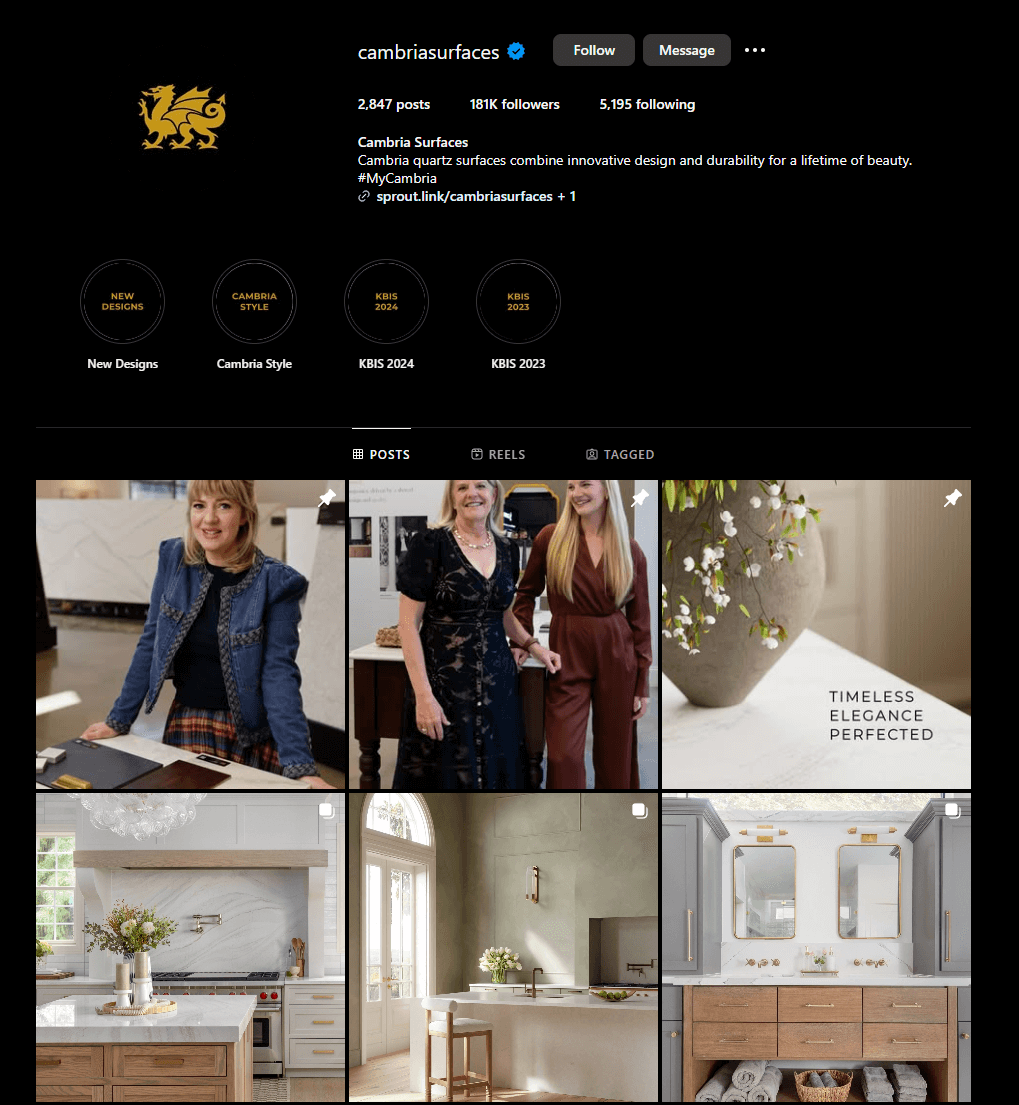
Source: Cambria
The gap between website visitors and actual leads exists because not every visitor is ready to take action. Some visitors are just browsing for ideas, others are comparing materials and prices, and only a small percentage are ready to make a purchase.
Just like Snapchat Planets rank your friendships based on interaction frequency, website visitors engage with your content at different levels. Some may engage frequently and move closer to converting, while others remain distant. Understanding this engagement hierarchy can help you tailor your marketing efforts to nurture high-intent visitors and guide them through the sales funnel.
One of the main reasons visitors don’t convert is the lack of clear calls to action (CTAs). If a visitor browses your countertop styles but doesn’t see an obvious next step, they are likely to leave without taking action. A weak value proposition is another barrier. If your website doesn’t clearly communicate why your countertops are better than the competition’s, visitors won’t feel compelled to reach out. Poor user experience also plays a role. Confusing site navigation or slow-loading pages frustrate users and increase bounce rates. Lastly, mismatched traffic sources can undermine your efforts. If you’re attracting DIY enthusiasts when your business is focused on professional installation, conversion rates will suffer.
To fix these issues, start by analyzing visitor behavior using tools like Google Analytics and Hotjar. These tools provide insights into how users navigate your site and where they drop off. Segment your traffic sources to identify which channels bring in high-intent users and which ones need adjustment. Mapping the customer journey can also reveal conversion bottlenecks. For example, if 80% of your traffic comes from blog posts about countertop maintenance, but only 2% convert, the issue might be weak CTAs or misaligned content. In this case, adjusting the content to target users further down the sales funnel—such as those interested in a new installation—could increase conversions.
2) Optimize Your CTAs for Immediate Action
{youtube}https://www.youtube.com/watch?v=Qie52V0_P3A{/youtube}
How to Optimize Website Conversions by Improving Your CTA
Many countertop websites fail because their CTAs are unclear, generic, or poorly placed. A strong CTA guides visitors toward the next step—whether it’s scheduling a consultation, requesting a quote, or downloading a countertop buying guide.
Kartik, a Shopify Certified Developer & Senior WordPress Developer, emphasizes the importance of CTA clarity: “A well-placed, action-driven CTA can significantly improve conversions. Businesses often miss out on leads simply because their CTAs are vague or hidden.”
Generic CTAs like “Learn More” or “Click Here” are ineffective because they lack urgency and a clear benefit. Too many CTAs on one page can confuse visitors, leading to inaction. Mobile optimization also matters—if your CTA buttons are hard to find or click on a smartphone, mobile users will quickly leave.
To improve your CTAs, make them specific and action-oriented. Instead of “Get Started,” use “Get Your Free Countertop Quote.” Use contrasting colors to make CTAs stand out and position them above the fold so they’re immediately visible without scrolling. A/B testing different CTA versions can help identify which wording and design generate the highest conversion rates.
Consider trying a two-step CTA. Instead of asking for detailed information upfront, offer something of value first—like a free design consultation or a sample of your materials. This approach lowers resistance and increases the likelihood of conversion.
3) Build High-Converting Landing Pages
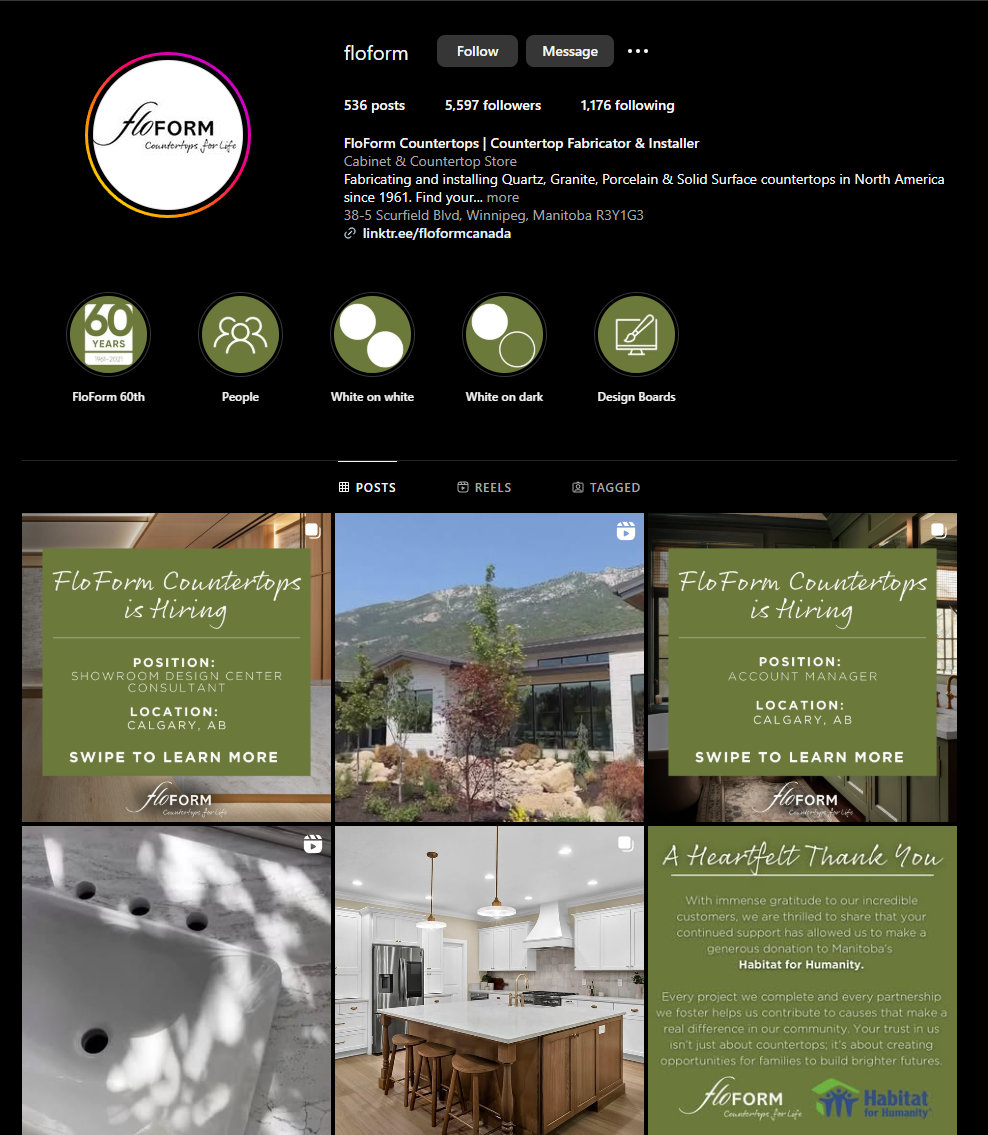
Source: Floform
A visitor’s first impression of your landing page determines whether they convert or leave. Many countertop businesses lose potential leads because their landing pages are cluttered, slow, or lack a clear focus.
Samantha Steele, Director of Financial Strategy at GrowthNavigate, explains that “many businesses overwhelm visitors with too much information. A clean, focused design with a clear CTA improves conversions dramatically.”
An effective landing page should have a single, clear headline that conveys value immediately. For example, “Upgrade Your Kitchen with Premium Granite Countertops” directly addresses the visitor’s goal. Remove distractions by eliminating top navigation and focusing attention on the offer. Keep forms short—asking for only essential details like name, email, and project type reduces friction and increases completion rates.
Page speed is another critical factor. If your landing page takes more than three seconds to load, visitors are likely to leave. Use Google PageSpeed Insights to identify and fix slow-loading elements. Simplifying your layout also improves the user experience. A countertop company that reduced its form fields from six to three saw a 42% increase in consultation requests.
4) Leverage Lead Magnets to Capture Contact Info
{youtube}https://www.youtube.com/watch?v=7orRtqwKIBw{/youtube}
3-Step Lead Magnet Tutorial: How To Create A High-Converting Lead Magnet
Most visitors won’t convert immediately, but a lead magnet—a valuable free resource—can capture their contact details and help nurture them over time.
Integrating a unified communication platform can help businesses manage lead interactions across multiple channels, ensuring that prospects receive timely follow-ups via email, chat, or phone, increasing the chances of conversion.
A common mistake countertop companies make is offering generic resources that don’t address real customer needs. For example, a downloadable PDF titled “Our Products” is unlikely to capture interest. Instead, offer something tailored and valuable, such as a free countertop buying guide, a step-by-step installation checklist, or a comparison of different materials.
Visibility matters too. If your lead magnet is buried in a menu or at the bottom of the page, visitors won’t see it. Use pop-ups, exit-intent triggers, and inline forms to promote your lead magnet where visitors are most likely to engage with it. Keep opt-in forms short—name and email are often enough.
Instead of using a generic offer like “Download Our Ebook,” try “Get the Ultimate Guide to Choosing the Perfect Quartz Countertop.” This approach makes the offer more specific and appealing.
5) Implement a Strong Follow-up System
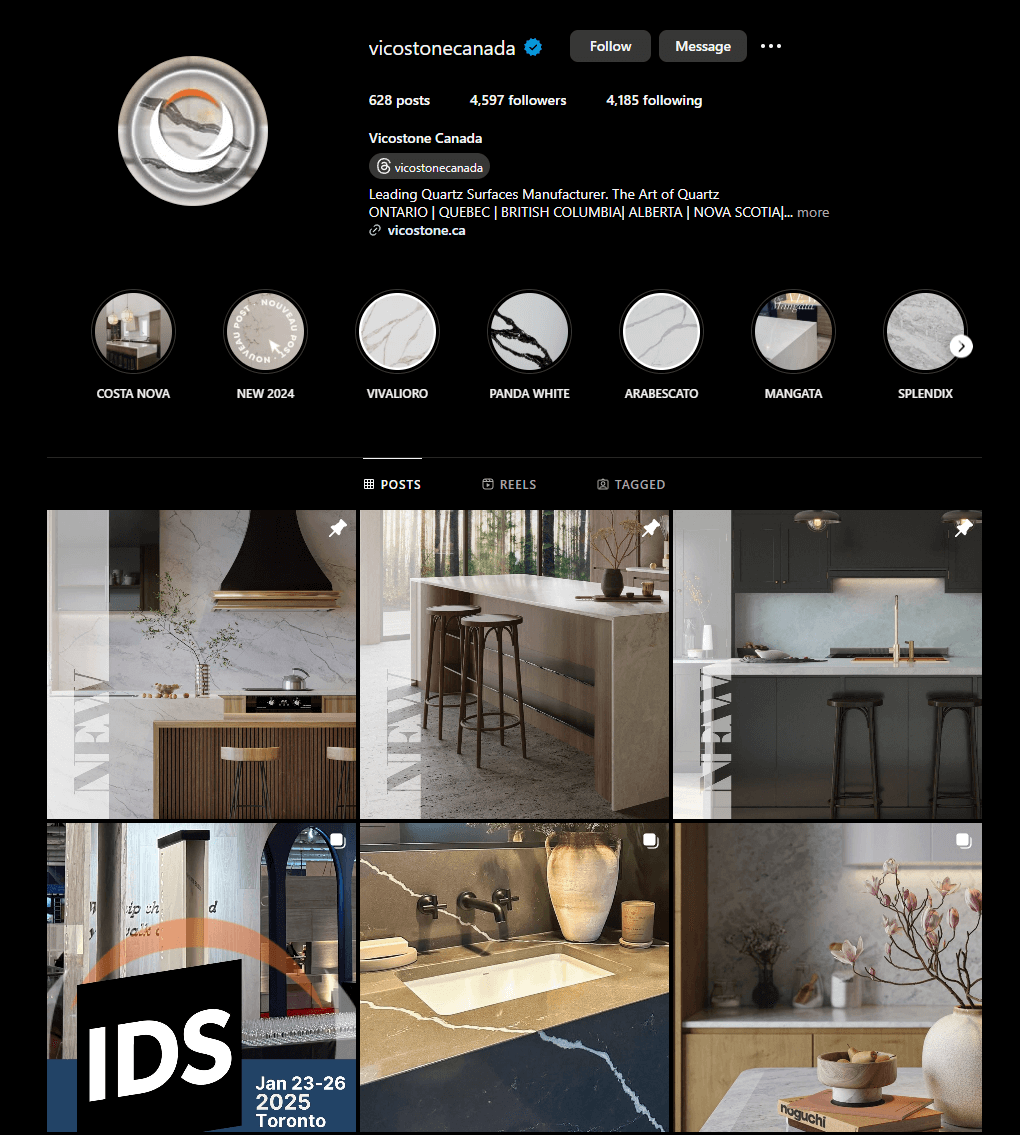
Source: Vicostone
Many countertop businesses lose leads because they don’t have a structured follow-up system. A lead might fill out a contact form, but if you don’t follow up promptly, they’ll likely move on to a competitor.
Staying ahead of scheduling trends can significantly improve follow-up efficiency. Businesses that optimize their appointment booking processes and automate reminders see higher engagement rates and fewer missed opportunities. Using tools like LeadsNavi can help you identify website visitors, access key contact details, and personalize your follow-up approach. Setting up an automated email sequence allows you to stay connected with leads without manual effort. Personalization increases effectiveness. For example, if a visitor browsed quartz countertops, you could send an email featuring quartz options and customer testimonials.
Retargeting ads are another powerful tool. If a visitor viewed your pricing page but didn’t convert, show them an ad highlighting a special promotion or a customer success story. The most effective follow-up sequences mix educational content with strategic offers, rather than hard-selling too soon.
6) Align Content With Buyer Intent
{youtube}https://www.youtube.com/watch?v=0MUpp-eCDj4{/youtube}
HubSpot Buyer Intent: See who is visiting your website and how to market to them
Misaligned content is a major reason visitors don’t convert. A visitor browsing maintenance tips may not be ready to buy, but a visitor looking at material comparisons might be closer to making a decision.
According to Alex Begum, Personal Injury Lawyer, (San Antonio Accident Lawyers, Villarreal & Begum) emphasizes the importance of understanding buyer intent: “Many businesses focus on driving traffic but fail to align their content with the visitor’s actual needs. The right messaging at the right time can make all the difference.” Content mapping helps guide visitors from awareness to decision-making. If you write a blog post comparing quartz and granite, include a CTA like “Get a Free Material Sample” at the end. Address objections directly—if visitors hesitate over price, create a blog post or video explaining the long-term value of durable materials. If a visitor reads a pricing page but doesn’t convert, retarget them with an email or ad featuring a customer success story. This strategy builds trust and provides the final push toward conversion.
7) What Is the Difference Between Leads and Website Traffic
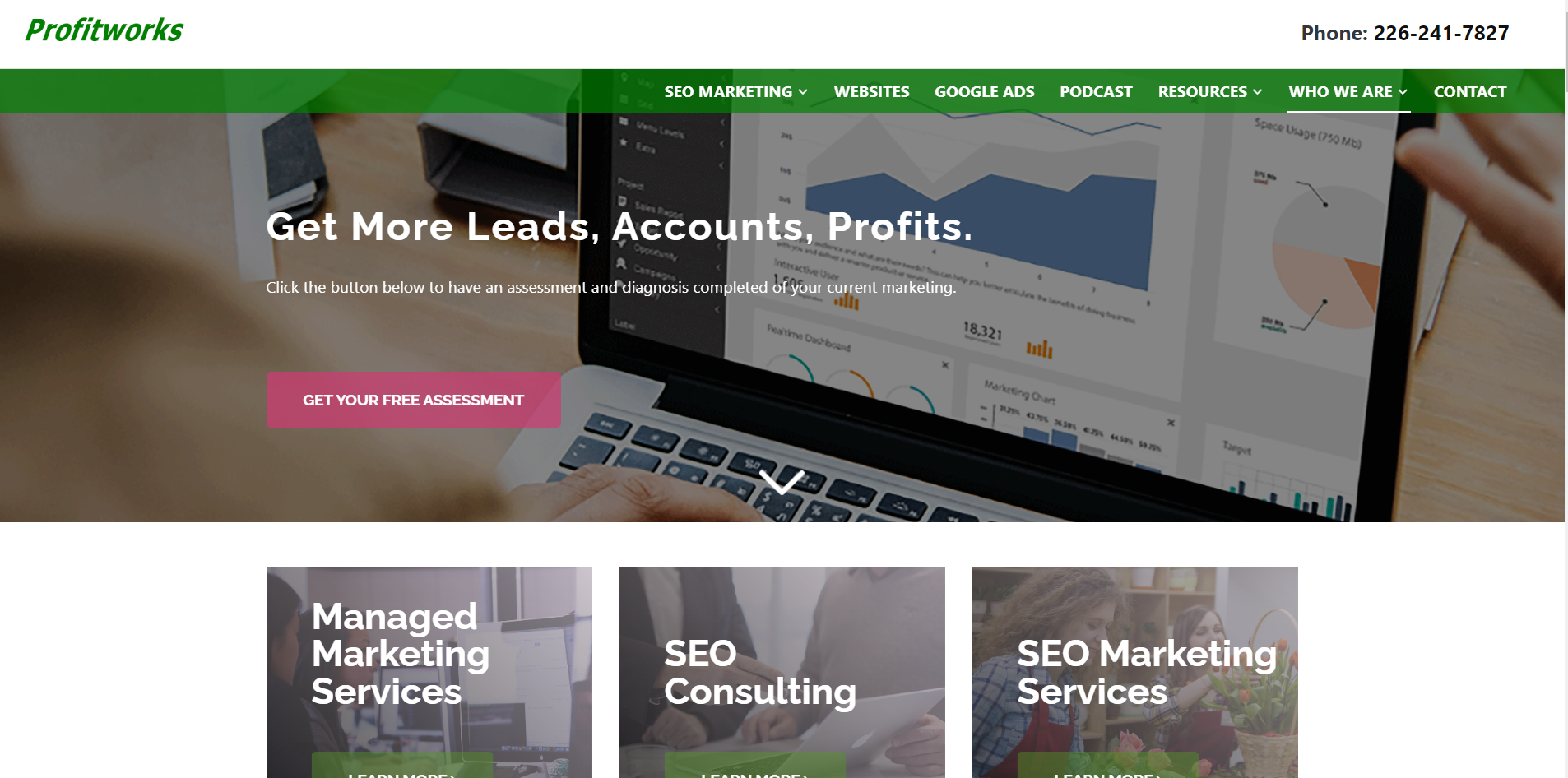
Source: Profitworks
Website traffic refers to the total number of visitors who come to your site, while leads are those visitors who take a meaningful action that brings them closer to becoming a customer. Understanding this distinction is crucial for countertop businesses looking to improve conversion rates.
Traffic includes anyone who visits your site, whether they arrive from a search engine, social media post, or a paid ad. A visitor browsing your gallery of granite countertops or reading a blog post about quartz maintenance counts as traffic—but they aren’t yet considered a lead.
A lead, on the other hand, is a visitor who demonstrates interest by taking a specific action. This could include:
- Requesting a quote for a countertop installation.
- Filling out a form to schedule a free consultation.
- Downloading a countertop buying guide.
- Signing up for an email newsletter with design tips and material comparisons.
For example, if 1,000 people visit your site in a month, but only 20 fill out a quote request form, you have 1,000 in traffic but only 20 leads. Increasing traffic alone won’t grow your business unless you also improve how effectively you convert visitors into leads.
Countertop companies often struggle with this because their websites are designed to showcase products rather than drive conversions. A gallery of high-quality countertop images may attract visitors, but without clear calls to action or lead capture forms, those visitors will leave without taking the next step. The key is to align your content and website structure to not only attract visitors but also guide them toward taking action—turning traffic into leads.
8) Improve Website Speed & Mobile Experience
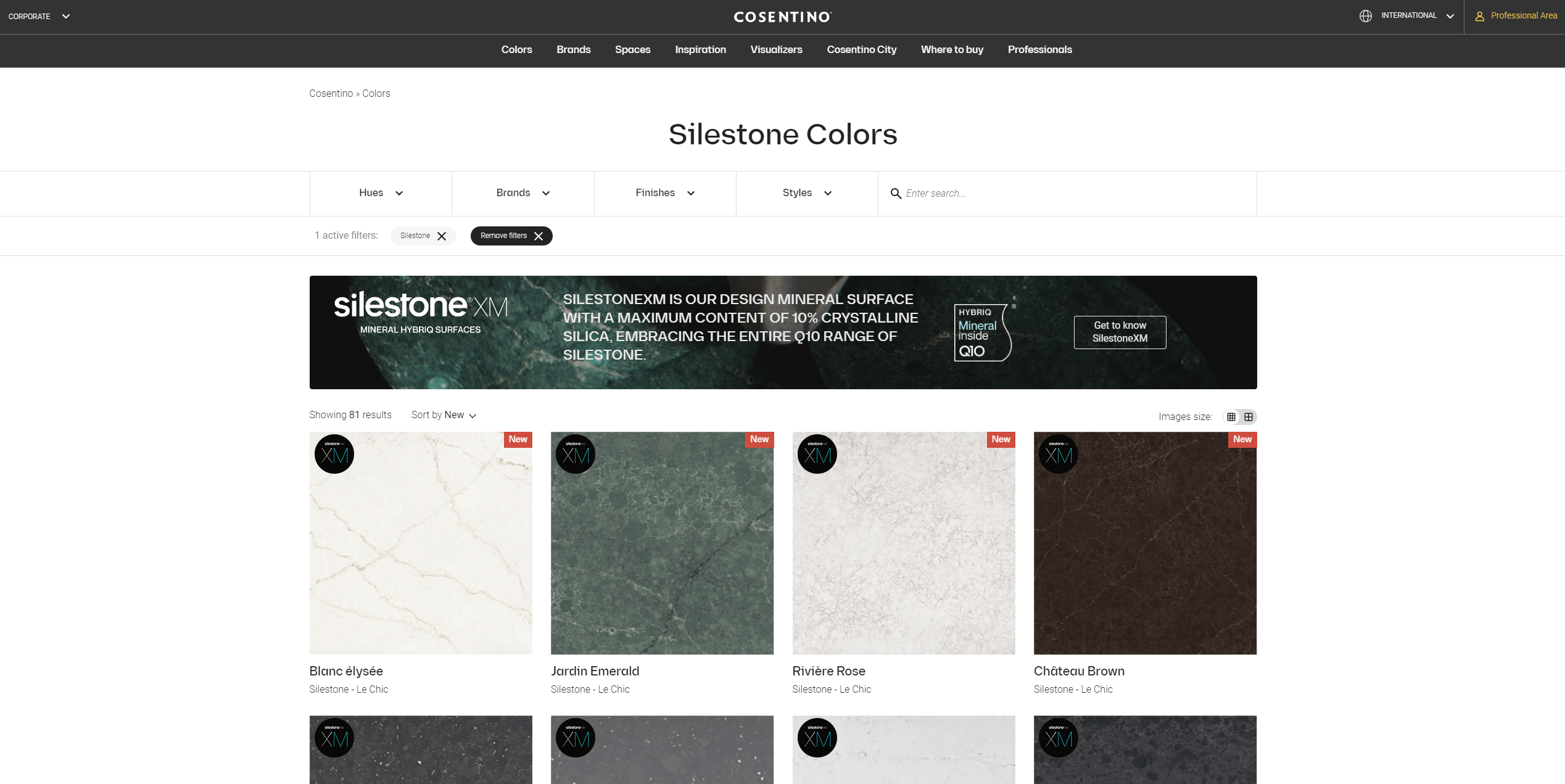
Source: Cosentino
A slow or unresponsive website kills conversions before visitors even see your offer. Slow-loading pages increase bounce rates and frustrate users. Mobile optimization is equally important, as many visitors will browse from their phones. Use Google PageSpeed Insights to identify and fix slow-loading elements. Make sure CTA buttons are easy to tap on mobile devices and simplify your layout to guide users toward conversions. Every one-second delay in page load time can reduce conversions by 7%, so optimizing site speed directly impacts your bottom line.
9) Conclusion
Turning website visitors into leads isn’t about getting more traffic—it’s about optimizing what you already have.
Here’s how to bridge the gap and drive more conversions:
- Refine your CTAs so visitors know what to do next
- Build high-converting landing pages that remove friction
- Leverage lead magnets to capture contact details
- Follow up with automated email sequences and retargeting
- Align content with buyer intent to nurture leads effectively
- Improve site speed and mobile experience to prevent drop-offs
Traffic without conversions is just wasted potential. Fix these key issues, and you’ll turn more visitors into engaged leads—without needing to increase your ad spend.
